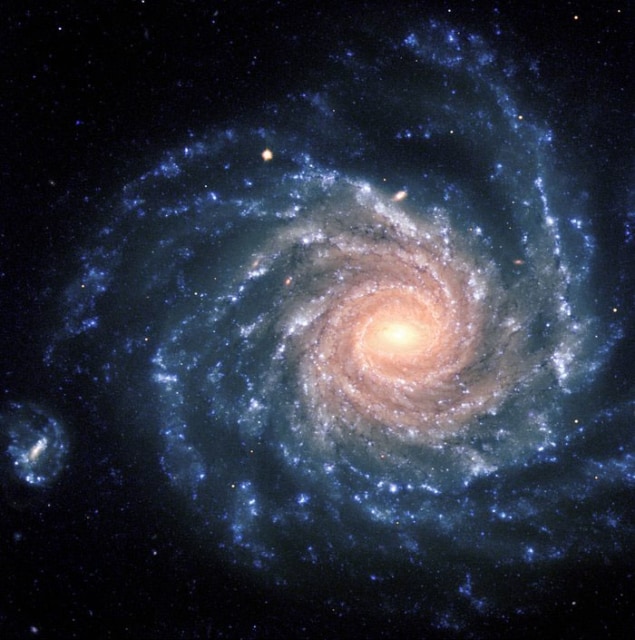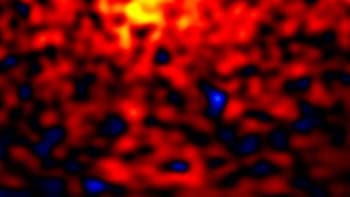
A new computer simulation by physicists in the US suggests that interactions between dark matter particles can explain why galaxies with similar masses can have different rotation curves.
The cold dark matter (CDM) model assumes that dark-matter particles interact with each other very weakly. When combined with a cosmological constant (Λ) that describes the expansion of the universe, the ΛCDM model is very good at explaining the large-scale structure of the universe. However, CDM is not very good at predicting the distribution of mass within individual galaxies once they have formed.
Stronger interactions
In 2000 David Spergel and Paul Steinhardt at Princeton University argued that this shortcoming could be eliminated if dark-matter particles interacted more strongly with each other. This has since been dubbed the self-interacting dark matter (SIDM) model.
Now, Hai-Bo Yu at the University of California Riverside, Monoj Kaplinghat at the University of California Irvine have shown that SIDM can explain the observed diversity of mass distributions in some galaxies.
Astronomers usually describe the mass distribution of a galaxy in terms of a rotation curve. This is a plot of the rotational velocities of a galaxy’s stars as a function of their distance from the centre of the galaxy. Because the galaxy is mostly held together by the gravitational glue of dark matter, the rotation curve reveals the location of the otherwise invisible dark-matter halo that envelops the galaxy. What has puzzled astronomers is that galaxies of similar mass can have significantly different rotation curves – something that is not predicted by CDM.
Formation history
Yu, Kaplinghat and colleagues created a computer model that calculates the rotation curve of a galaxy of a certain mass containing both dark and visible matter. SIDM is used to describe dark-matter in the central region of the dark-matter halo, where collisions between dark-matter particles are more likely to occur. CDM is used to model dark-matter interactions in the outer region of the halo, and the effect of visible matter on the structure of the galaxy is also included. In addition, the history of the formation of the dark-matter halo is factored into the model.
The team used their model to calculate the rotation curves of galaxies with parameters similar to that of 30 galaxies that are well-known to astronomers. Writing in Physical Review Letters, the team says that they were able to reproduce the diversity of rotation curves describing the 30 galaxies. This allowed them to conclude that SIDM could be a contributing factor to the observed diversity of rotation curves.



